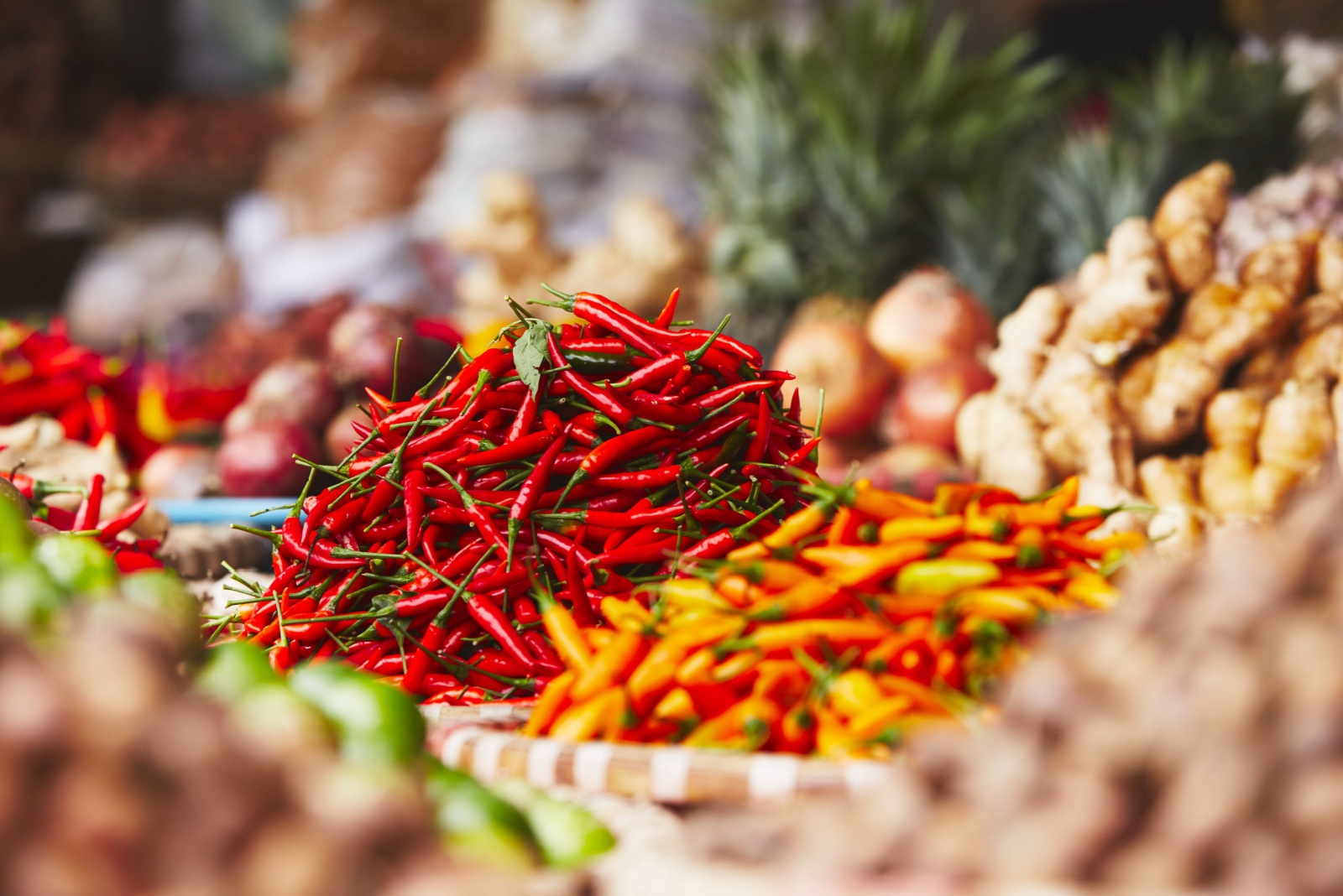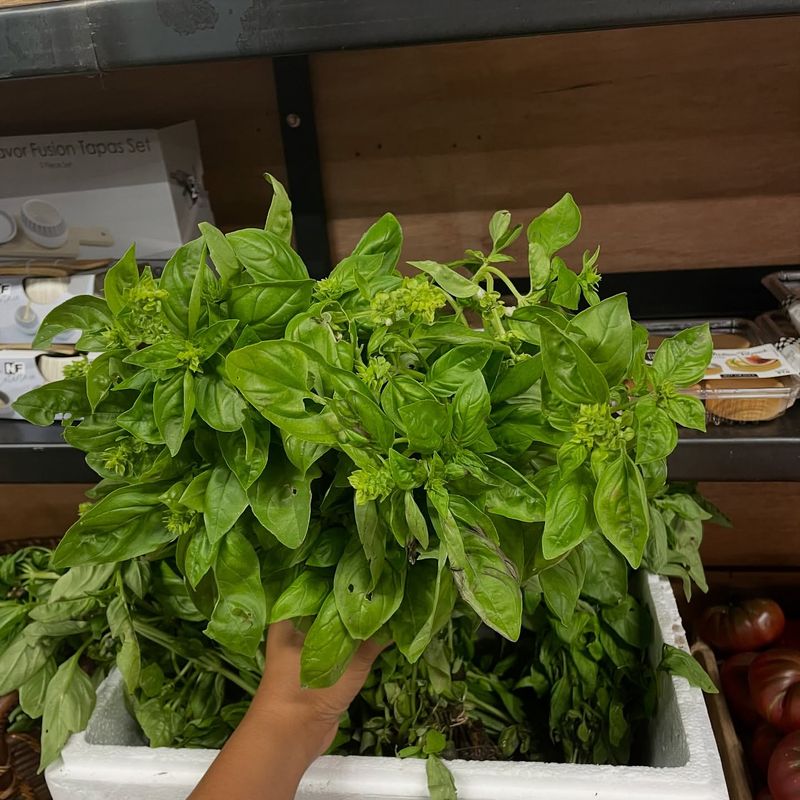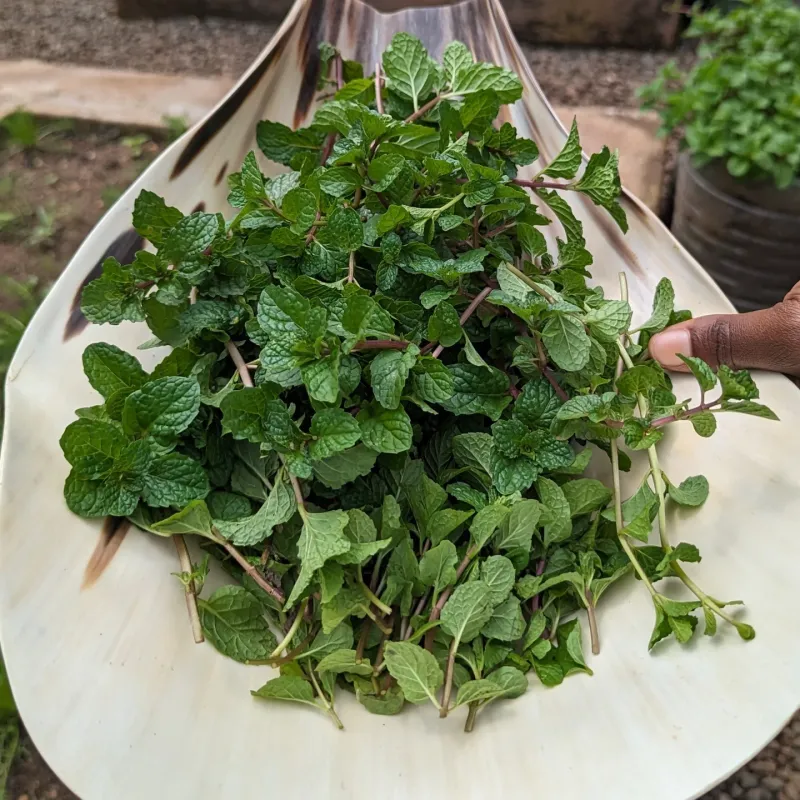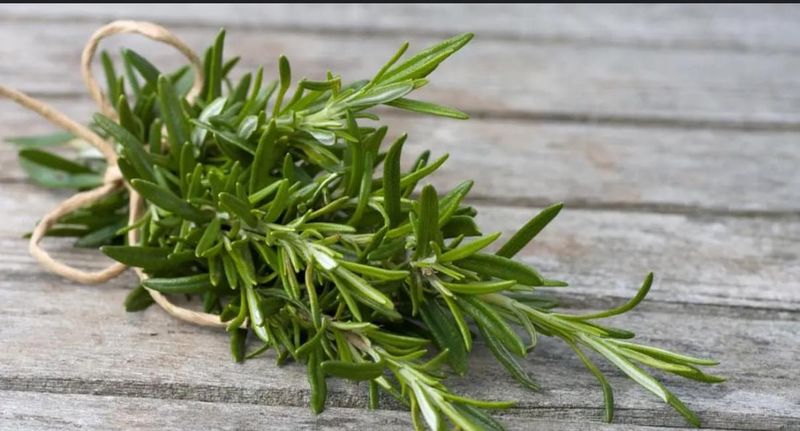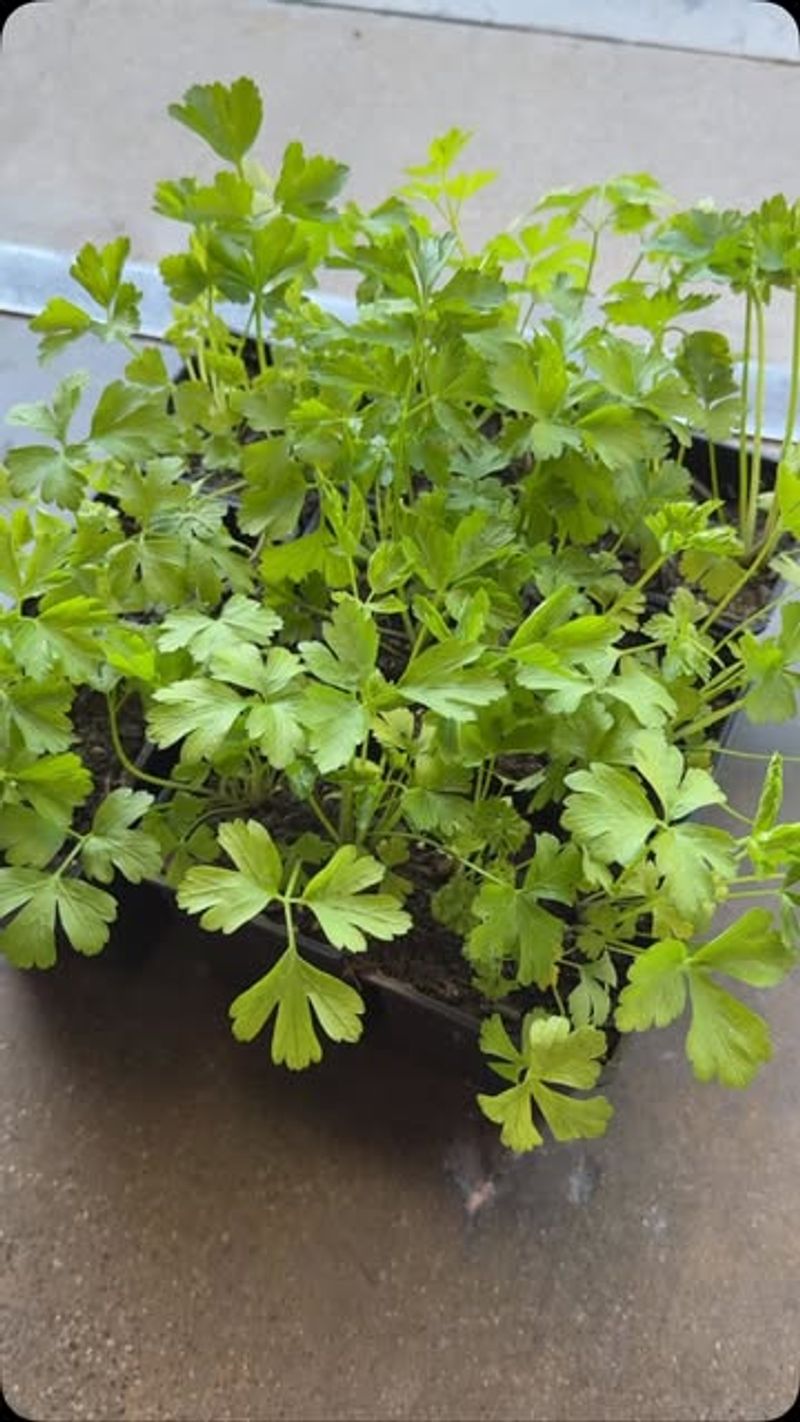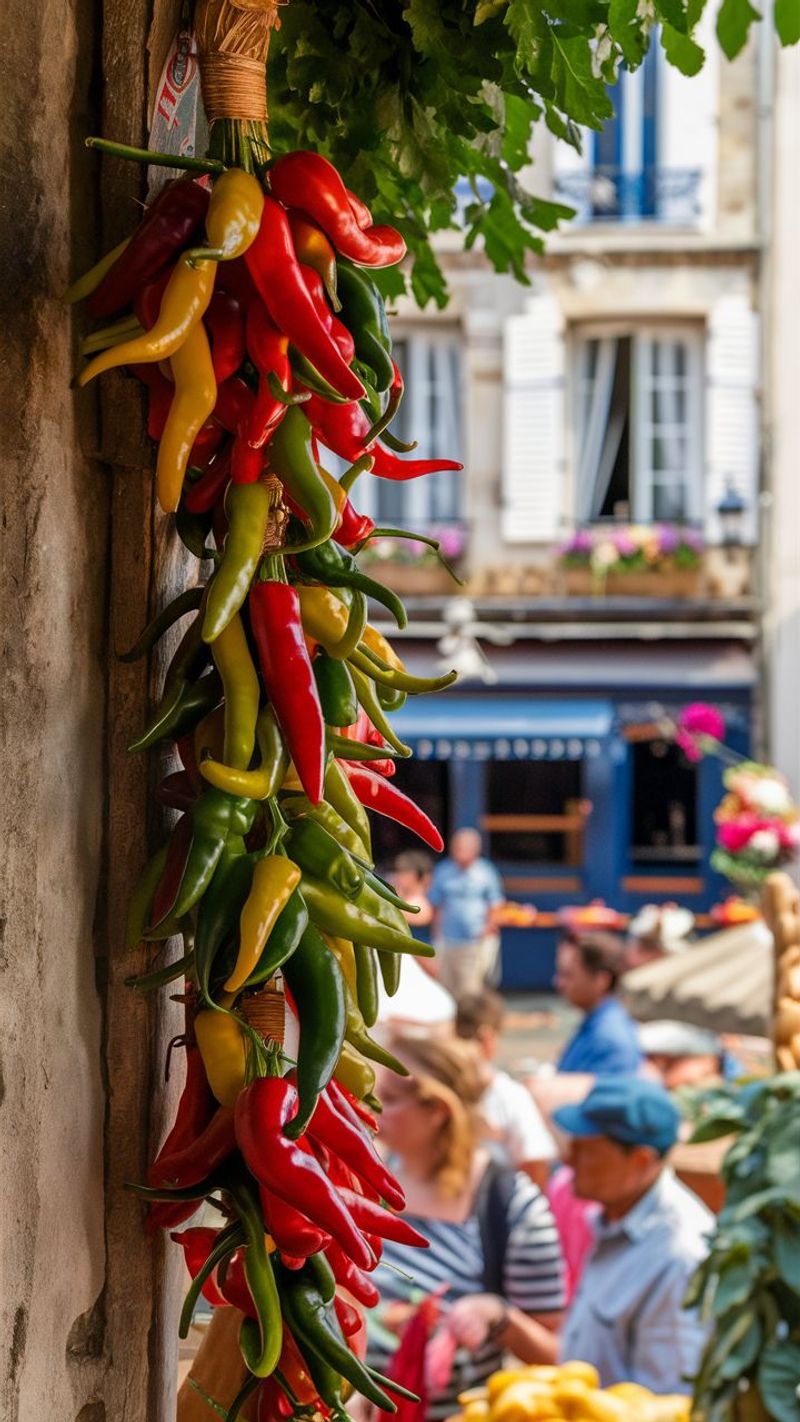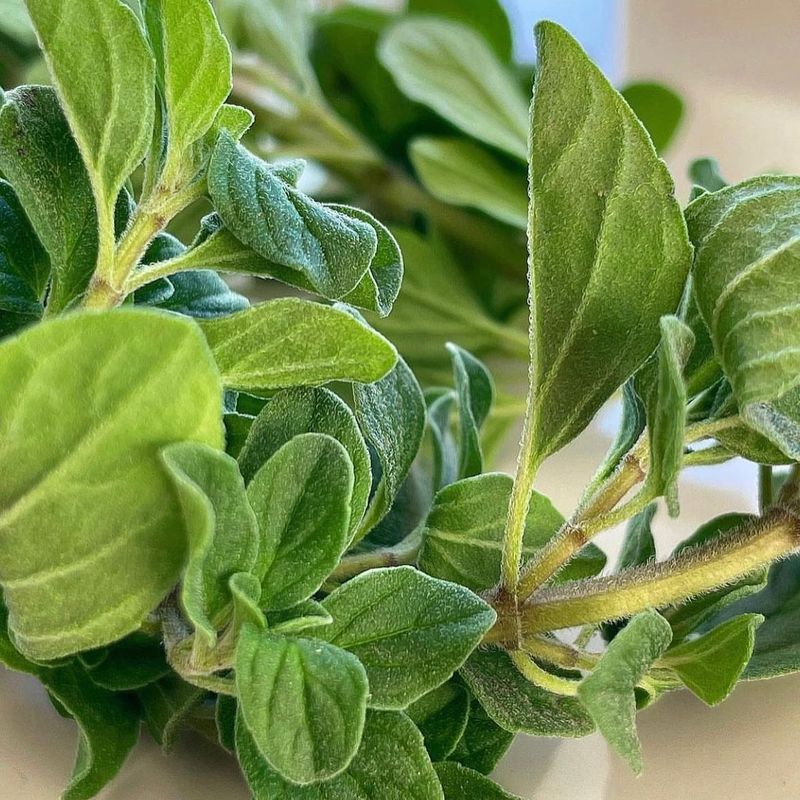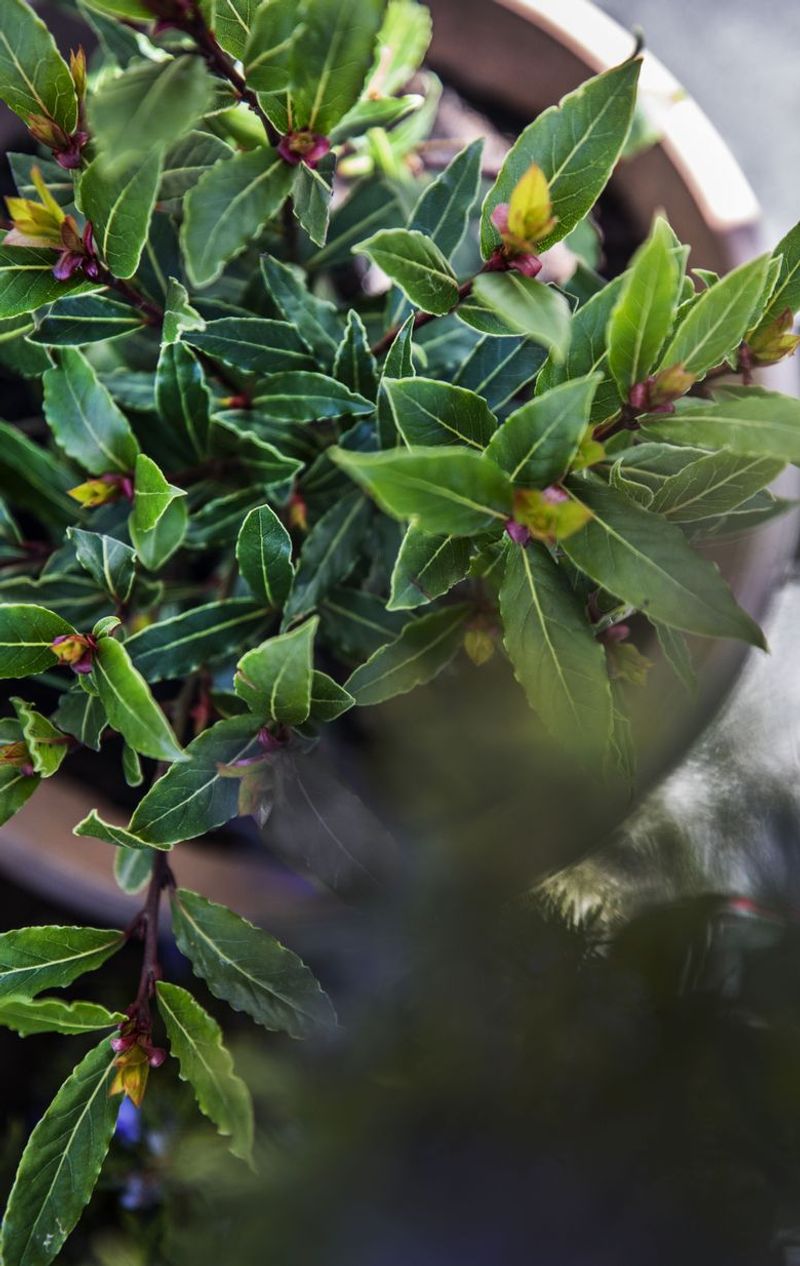New Orleans’s French Market stands as one of America’s oldest public markets, where the influence of plants and herbs extends beyond mere ingredients to shape the cultural identity of this historic trading post.
Walking through the market last spring, I noticed how vendors arrange their herbs with the same care as precious goods. The smell of fresh thyme and oregano transported me back to my grandmother’s kitchen, where she would prepare gumbo using ingredients purchased from these very stalls.
The relationship between gardening and cooking is particularly strong here, where many shoppers seek both culinary inspiration and plants to grow at home. Market vendors often share growing tips alongside cooking advice, creating a continuous cycle between garden and kitchen that keeps traditional flavors alive.
1. Culinary Uses Of Fresh Basil And Local Growing Tips
Generations of market vendors have passed down basil growing secrets that thrive in Louisiana’s humid climate. The French Market’s oldest herb stall has sold the same Italian sweet basil variety for over 70 years.
Many local chefs visit the market before dawn to select the freshest basil for their restaurants. I’ve watched them carefully inspect each leaf, rubbing them between fingers to test for that perfect aromatic quality that elevates a simple tomato sauce.
Growing basil at home connects New Orleans residents to the market’s culinary traditions. Vendors often include free cuttings with purchases, ensuring their prized varieties continue spreading throughout local gardens.
2. Mint That Refreshes Drinks And Gardens Alike
Summer heat in New Orleans makes mint one of the market’s most sought-after herbs. Local varieties have adapted to the region’s climate, producing stronger, more resilient plants than those found elsewhere.
Market vendors often demonstrate how to muddle mint properly for authentic Mojitos and Mint Juleps. The technique matters as much as the herb itself – too rough and the mint becomes bitter, too gentle and it won’t release enough essential oils.
Home gardeners appreciate mint’s aggressive growing habit as it thrives in Louisiana’s challenging conditions. Many French Market vendors sell mint in special containers designed to prevent it from overtaking garden beds while ensuring a steady supply.
3. Rosemary’s Place In Market Cooking Traditions
Louisiana’s climate creates particularly oil-rich rosemary that local chefs consider superior for roasting. French Market vendors often trim fresh sprigs from potted plants right as customers order, ensuring maximum freshness and aroma.
Traditional Creole cooks use rosemary differently than in European cuisine. The herb’s piney strength pairs wonderfully with the region’s game meats and crawfish boils, creating distinctive flavor combinations unique to New Orleans cooking.
Many market stalls sell rosemary plants alongside prepared foods that showcase the herb’s versatility. This practical education helps visitors understand how this Mediterranean transplant has become essential to Louisiana’s culinary identity over generations.
4. Parsley Blending Culinary And Garden Needs
French Market vendors distinguish between Italian flat-leaf parsley for cooking and curly varieties for garnishing. Both types grow exceptionally well in the local climate, making them staples in market gardens throughout the region.
Cooking demonstrations at the market often highlight parsley’s role in the holy trinity of Creole cooking. Along with onions and bell peppers, parsley forms the aromatic base for countless local dishes that have defined New Orleans cuisine for centuries.
Home gardeners appreciate parsley’s butterfly-attracting qualities alongside its culinary uses. Market vendors frequently suggest planting extra parsley to support local swallowtail populations while ensuring plenty remains for the kitchen.
5. Chili Peppers Adding Spice And Color To Market Stalls
Market vendors arrange chilies in vivid displays that showcase Louisiana’s pepper-growing heritage. From mild banana peppers to fiery habaneros, the variety reflects generations of cultivation adapted to local growing conditions.
Cooking heat levels vary dramatically between pepper varieties, and French Market vendors excel at matching customers with the right peppers for their recipes. I’ve watched vendors patiently explain the difference between a pepper’s immediate heat and its lingering burn.
Many stalls sell dried peppers alongside fresh ones, demonstrating traditional preservation methods that extend the harvest. These techniques, passed down through generations, connect modern shoppers to historical food practices that developed before refrigeration.
6. Oregano Connecting Home Gardens And Creole Dishes
Louisiana’s humid climate produces a particularly robust oregano variety that thrives where Mediterranean types often struggle. French Market vendors sell this local adaptation alongside imported varieties, creating an informal oregano education for curious shoppers.
Cooking with fresh oregano differs significantly from using the dried herb. Market demonstrations show how to adjust recipes accordingly, with many local dishes calling for generous amounts that would overwhelm dishes in other culinary traditions.
Garden enthusiasts appreciate oregano’s drought resistance once established. Market vendors often share tips for successful propagation, explaining how a single plant purchased at the market can expand into a substantial herb garden within a single growing season.
7. Bay Leaves Linking Backyard Plants To Local Flavor
Towering bay laurel trees in New Orleans gardens can be traced back to cuttings from French Market vendors decades ago. Unlike the dried bay leaves found in supermarkets, these fresh leaves carry complex aromas that transform slowly-simmered dishes.
Local cooks use bay leaves differently than in other culinary traditions. French Market vendors explain how to properly incorporate the leaves into gumbos and jambalayas, where they infuse the dish with subtle depth rather than dominant flavor.
Growing bay laurel at home connects gardeners to centuries of local cooking history. Market vendors often sell small starter plants with instructions for creating the partial shade conditions where these Mediterranean natives thrive in Louisiana’s climate.

